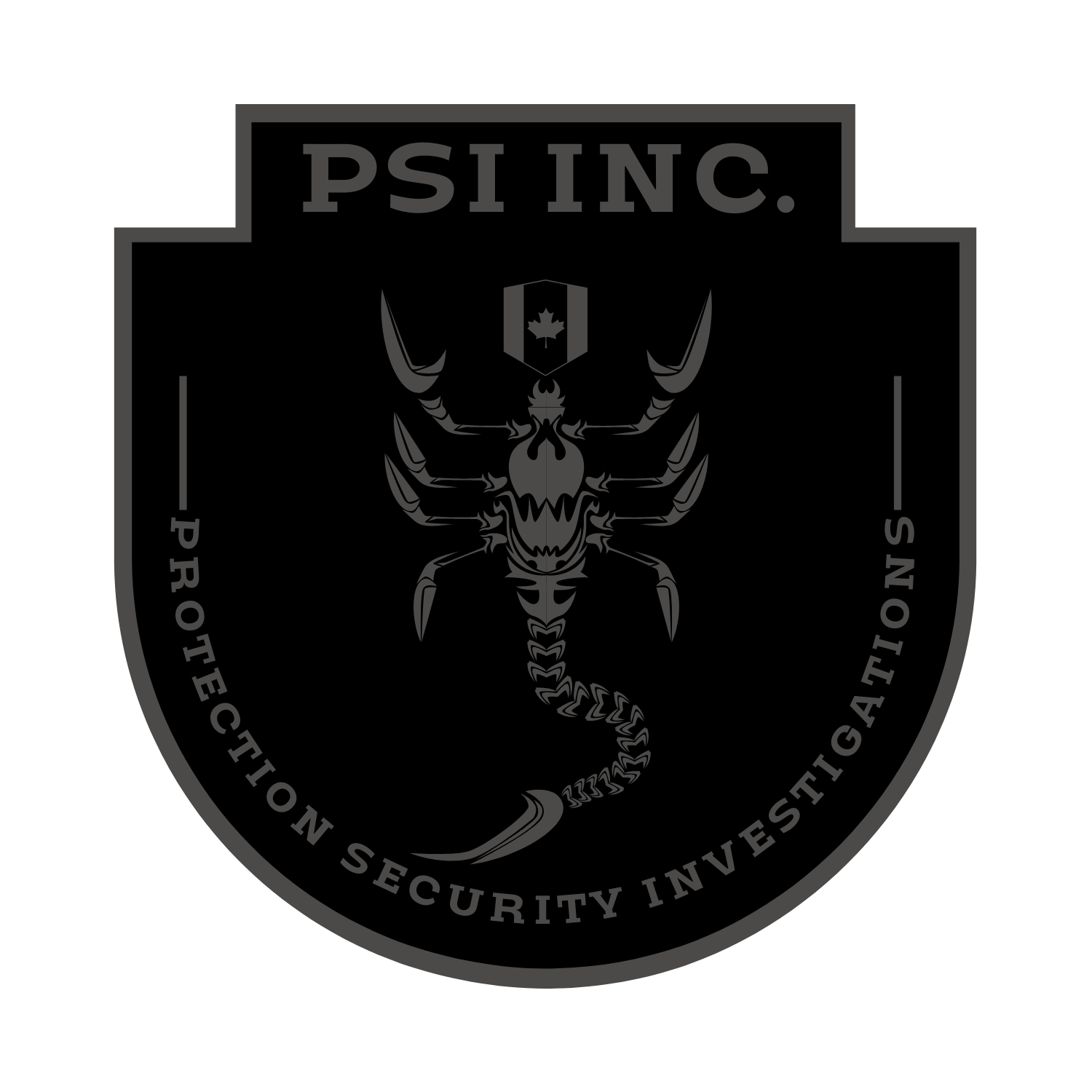Best Practices for Preventing Workplace Violence: A Comprehensive Guide
Best Practices for Preventing Workplace Violence: A Comprehensive Guide
Workplace violence is a pervasive issue that has established a concerning foothold in various organizational settings. Ranging from verbal altercations and harassment to more severe forms of physical assault, workplace violence is not isolated to specific sectors or environments, asserting its presence across a diverse array of professional settings. In light of this, proactive strategies and comprehensive preventative measures are fundamental in fostering a safer working atmosphere. This guide aims to shed light on these essential practices.
Understanding Workplace Violence
Defining Workplace Violence
Workplace violence encapsulates acts or threats of physical violence, harassment, or intimidation occurring within or related to the workplace. It is manifested in actions ranging from verbal abuse to severe physical harm, implicating employees, clients, or visitors.
Types of Workplace Violence
Criminal Intent: This includes acts by individuals with no legitimate relationship to the business, often leading to incidents like armed robbery.
Customer or Client: Occurrences where employees are subjected to violence by customers or clients.
Worker-on-Worker: Situations where employees, supervisors, or managers instigate violence against colleagues.
Personal Relationship: Instances where personal relationships infiltrate the professional setting, leading to violence.
Prevention Strategies
Develop a Workplace Violence Prevention Policy
A comprehensive policy that delineates the scope, reporting processes, and repercussions associated with workplace violence is pivotal. Incorporating employee training ensures that the workforce is well-versed in identifying and mitigating potential incidents.
Threat Assessment and Management
Creating a specialized team and confidential reporting mechanisms is crucial in evaluating and managing threats. A proactive approach to threat assessment is instrumental in preempting occurrences of violence.
Employee Training
Training in identifying warning signs and conflict resolution equips employees with skills to navigate and mitigate potentially violent situations.
Security Measures
Access Control
The implementation of security protocols, including badges and electronic locks, fortifies the workplace against unauthorized access, enhancing overall security.
Safe Environment Design
Designing a workplace that prioritizes safety, through well-lit areas and secure entrances, coupled with the installation of panic buttons, enhances the overall security infrastructure.
Enhanced Strategies
Legal and Ethical Implications
Compliance with legal requirements and ethical standards is paramount. Addressing the legal ramifications and the moral obligations to uphold employee safety is non-negotiable.
Technology Integration
The deployment of advanced technologies, including AI and machine learning, augments the efficiency of threat detection and response mechanisms.
Leadership Role
Organizational leaders are tasked with the pivotal role of instilling a culture of safety, necessitating the development and enforcement of rigorous safety protocols.
Real-World Applications
Case Studies
Analyzing real-life incidents of workplace violence and successful prevention strategies offers valuable insights for crafting effective prevention and response mechanisms.
Community Collaboration
Fostering partnerships with community organizations and law enforcement agencies augments the resources and strategies deployed in violence prevention.
Continual Evaluation
Assessment and Review
Ongoing assessments and reviews of incidents contribute to the refinement of prevention and response strategies, enhancing their effectiveness.
In an era where workplace dynamics are increasingly complex, coupled with the intricate web of interpersonal relationships and organizational structures, addressing workplace violence is both a necessity and a challenge. A concerted effort encompassing policy formation, employee training, technology integration, and leadership commitment is vital.
Organizations are not just tasked with responding to incidents of violence but are morally and legally obligated to instill a proactive culture that identifies, addresses, and mitigates potential threats before escalation. It’s a holistic endeavor that calls for the integration of multiple facets of organizational operation, from policy enforcement, ethical adherence, technological innovation to leadership roles, and community alliances.
Is your organization fortified against the pervasive threat of workplace violence? Our consulting services are designed to offer personalized, cutting-edge solutions that cater to your organization’s unique needs.
We combine expertise, experience, and innovation to craft comprehensive strategies aimed at not just responding to but preemptively addressing workplace violence.
Reach out to us for a tailored consultation designed to transform your organization’s approach to workplace safety, ensuring a secure, harmonious, and productive working environment for every member of your team. Make the decisive step to prioritize safety and security – your team deserves nothing less.
This enriched, comprehensive guide is meticulously crafted to offer an all-encompassing outlook on workplace violence prevention, integrating fundamental concepts, prevention strategies, enhanced approaches, real-world applications, and continuous evaluation metrics.
Every element is intricately interwoven, asserting the importance of a multifaceted, holistic approach in addressing and mitigating workplace violence.
The culmination of this detailed exploration is a call to action that underscores the invaluable role of specialized consulting services, accentuating the transformative impact of personalized, strategic interventions in enhancing workplace safety and security.

